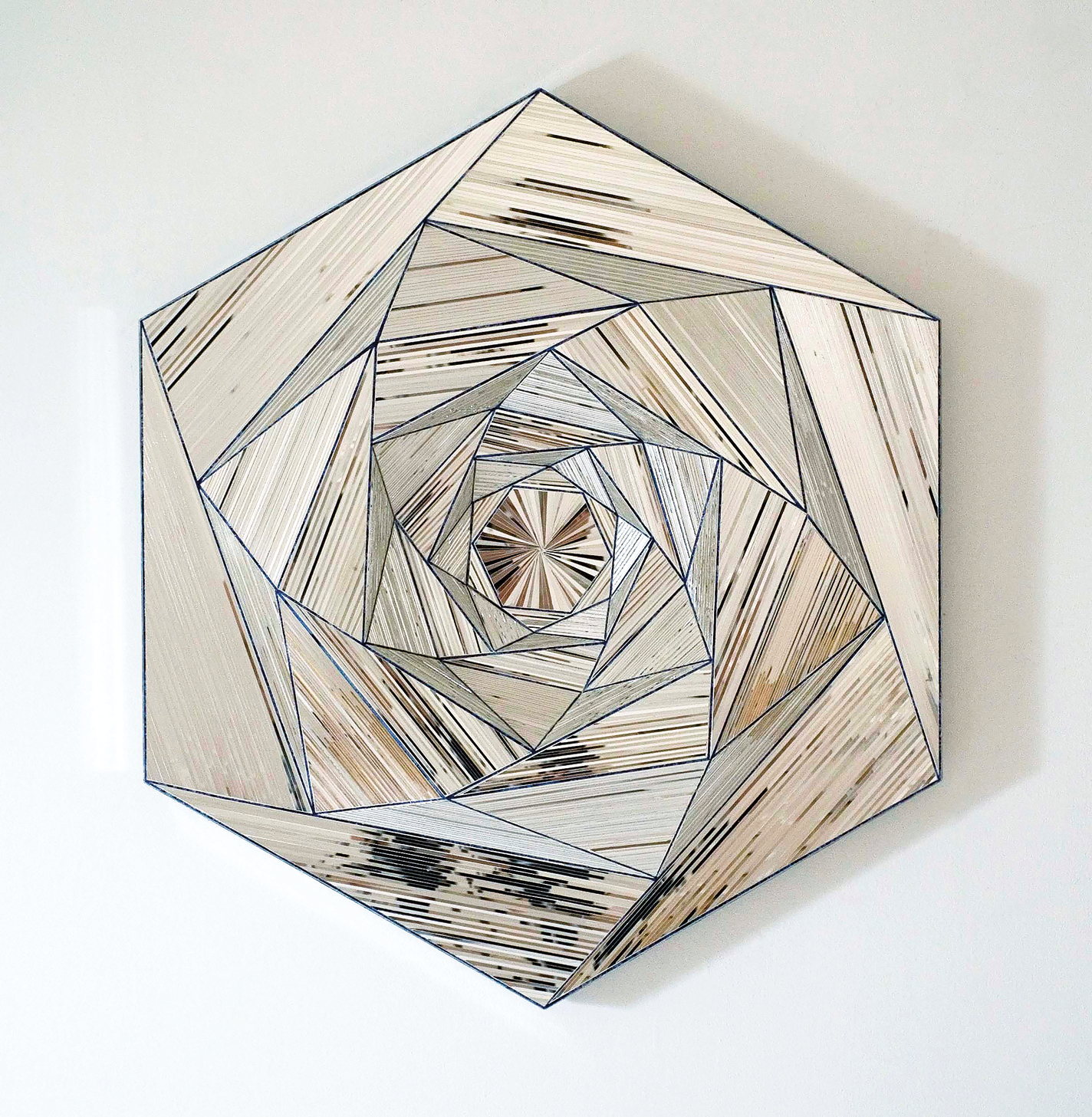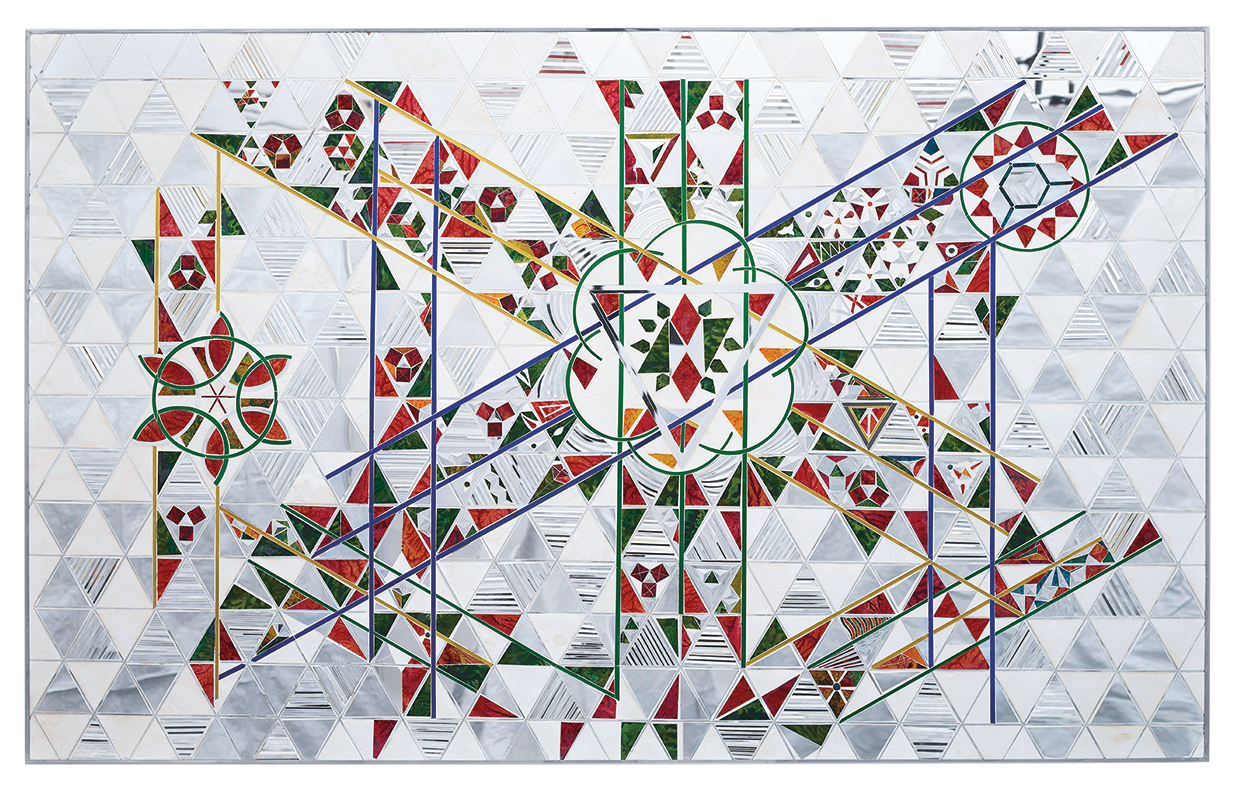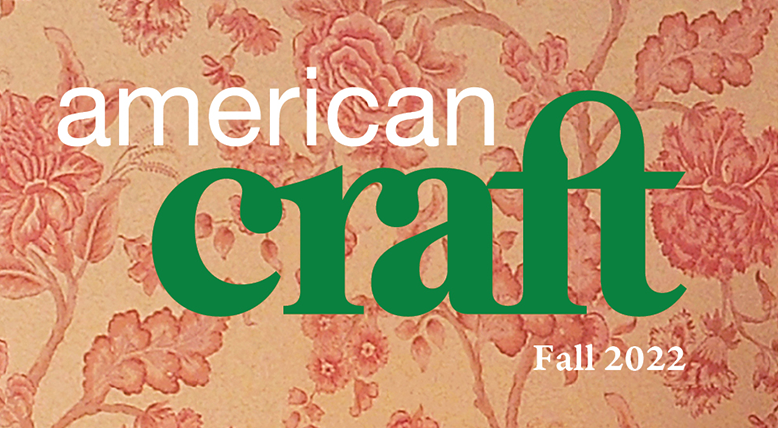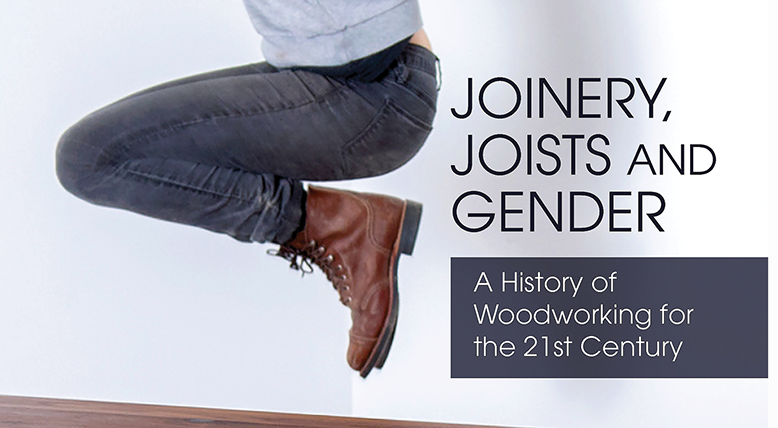The boundaries of craft are hard to define. Far from being only a set of materials and processes to produce objects, craft is also a spirit, a force, and a way of understanding the world. Case in point: two shows at Atlanta’s High Museum of Art this fall.
Brooklyn, New York–based Stephen Burks was the first African American industrial designer to break into the world of high-end manufacturers, working for some of the biggest names, including Roche Bobois and Missoni. But he has also developed strong ties with communities of craft artists in Africa, Southeast Asia, and elsewhere, and found ways to infuse his design ideas with their inherited craft wisdom, while challenging them to see their work afresh.
Shelter in Place is a mulitfaceted exploration of Burks’s 20-year design career, including work for major manufacturers, works developed with students at Berea College in Kentucky, and a commissioned series of experimental pieces that fuse design and craft in unpredictable ways.
The project began with lockdown-period conversations between the designer and the museum’s curator of decorative arts and design, Monica Obniski. “We thought, let’s do a show highlighting key projects over time,” she says. “But then let’s also create projects that are more experimental, speculative, or just kooky.”
The result is a wide-ranging view of a designer committed to the widening of design horizons and the centrality of craft. “I want to show what Stephen’s practice looks like,” says Obniski, “because he’s been designing for over 20 years and not very many people know who he is. And I hope that his collaborative method shows a way of future-making.”
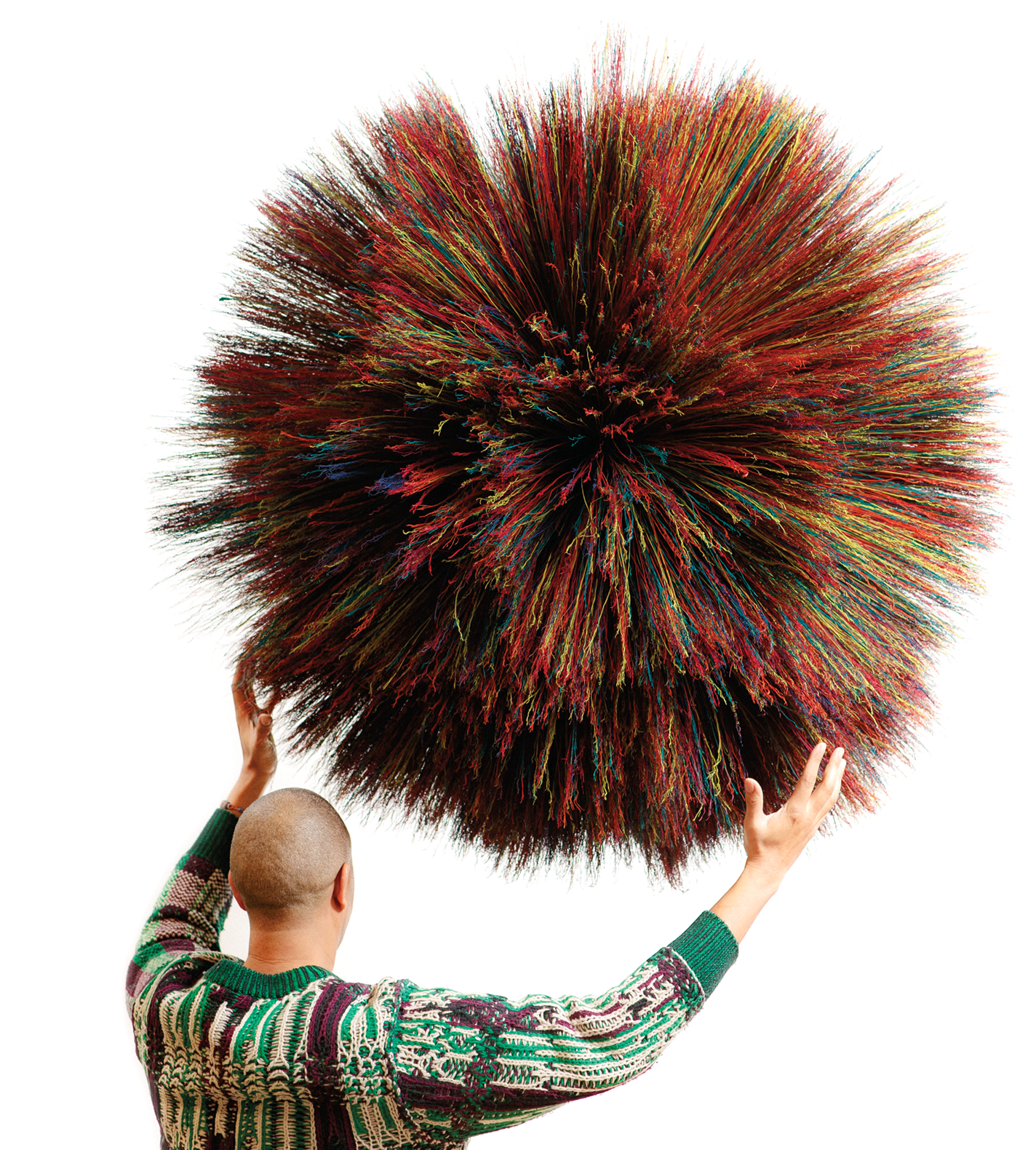
Broom Thing, 2020, is made from mixed materials. It was designed by Burks and manufactured by Stephen Burks Man Made and Berea College Student Crafts.

